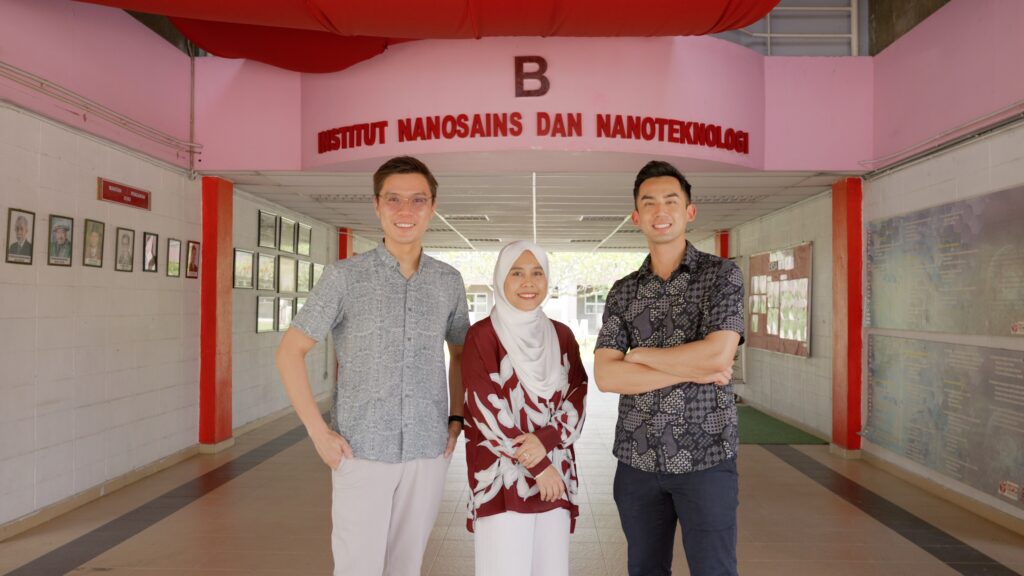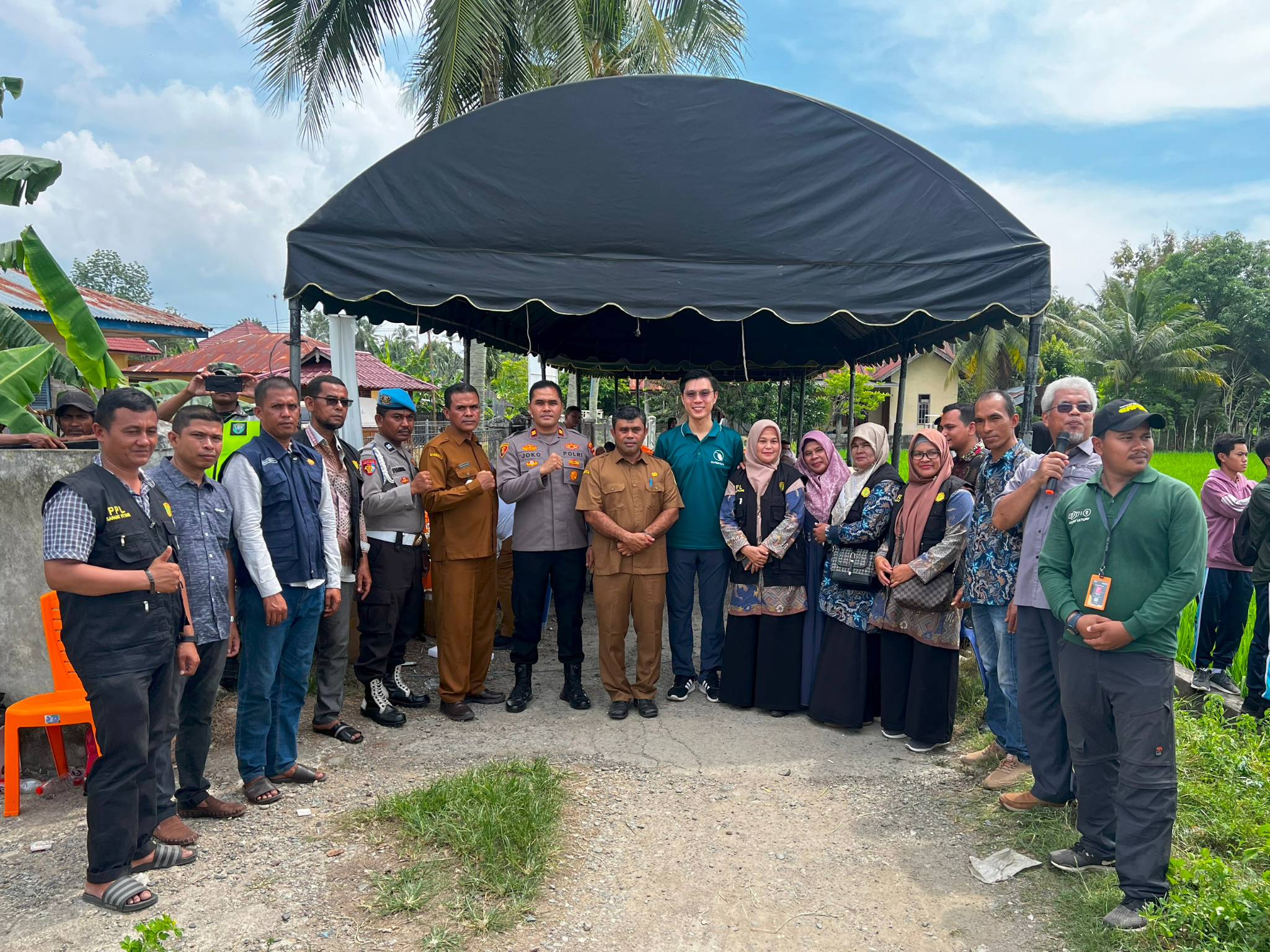Qarbotech Gains $1.5M to Expand Photosynthesis Enhancing Tech Across Southeast Asia
4 Mins Read
Malaysian climate tech startup Qarbotech has secured $1.5M in a seed extension round to help plants absorb carbon dioxide and increase yields by 60%.
What if farmers could add something to their crops that would capture more sunlight, reduce emissions by absorbing more carbon, increase yields, and ensure stable incomes and food security – all while cutting back on fertiliser use?
That’s the premise of Malaysia’s Qarbotech, which has developed a photosynthesis enhancement technology using advanced carbon quantum dots material. The startup has just closed a $1.5M extension to its seed funding round to drive its expansion across Southeast Asia and help safeguard its 100 million smallholder farmers.
“Can you imagine the same farmer with the same land, labour and workflow, being able to produce up to 60% more food? Qarbotech’s photosynthesis multiplier does exactly that,” says Khailee Ng, managing partner at 500 Global, which participated in the round alongside Better Bite Ventures, ID Capital, EQT Foundation, and Epic Angels Limited.
Armed with the fresh capital, Qarbotech is now setting its sights on markets such as Indonesia, Thailand, and Vietnam – in addition to its home country – with a new manufacturing facility that will help it scale up operations. It will kickstart another fundraising drive next year to further its expansion goals, with South Africa part of the plan too.
Just like metabolism – but for plants

Qarbotech was co-founded by CEO Chor Chee Hoe, CSO Suraya Abdul Rashid, and COO Amirul Merican in 2018, who developed a way to promote sustainable agriculture while sequestering carbon dioxide from the atmosphere and ensuring better outcomes for the people who grow our food.
The company’s innovation is rooted in nanotechnology and a sector that is expected to expand aggressively over the next decade – one estimate suggests that the market carbon quantum dots will reach $25B by 2032.
Qarbotech’s flagship product – launched in 2022 – is called QarboGrow, and uses organic, biocompatible carbon quantum dots to dramatically boost light absorption and enhance crop yields by up to 60%. Doing so optimises fertiliser use too, reducing dependency on synthetic fertilisers that can harm the soil and pollute the planet.
“Photosynthesis rate is akin to the metabolism rate of humans. We can exercise and maintain a healthy diet and lifestyle to increase our metabolism rate,” explains Chor. “With a higher metabolism rate, we can be healthier and able to absorb nutrients efficiently from what we consume.
Plants, however, can’t increase their photosynthesis rate with existing agricultural inputs. “By having our product sprayed onto plant leaves, they can now capture more light to increase their photosynthesis rate,” he says. “With a higher photosynthesis rate, the plant’s immunity is increased, and they can grow faster with higher yield.”
Nitrogen-based fertilisers emit 700 million tonnes of CO2e each year, with Asia alone responsible for 400 million tonnes – but the nitrous oxide released after the gas’s exposure to soil is 300 times more potent at heating the planet than carbon.
Based on user feedback, QarboGrow can help farmers cut fertiliser use by 10-30%. “When the plant can photosynthesise more efficiently, the nutrient uptake is also more efficient therefore over-fertilisation issue can be reduced,” Chor outlines.
Qarbotech’s tech can be applied anywhere in the world

Qarbotech has tested its product commercially on farms in numerous states and regions across Malaysia and Indonesia. In the latter, it conducted a pilot with PT Iceh Agro Indonesia covering 400 hectares of rice fields, and found that applying QarboGrow increased yields by up to one tonne per hectare, and resulted in a substantial boost to farmer incomes.
The technology “can be applied across the globe as all food crops photosynthesis”, says Chor. The photosynthesis enhancer even benefits microalgae.
The company sells the product to farmers both directly and via distributors (which include seed producers, agri-input wholesalers, and digital agri-solution providers). “We do work with some local farming associations to introduce our novel technology to farmers,” says Chor.
“We also work a lot with individual farmers, because different farmers would have very different SOPs in their farming. We work closely with them to ensure that they are controlling the other growing factors optimally. Our photosynthesis enhancer would work optimally if the farmers are controlling other growing factors (like humidity, temperature, soil condition, pest control, etc.) well,” he adds.
Qarbotech doesn’t have any direct competitors, and possesses a crucial advantage over others producing quantum dots. While the latter companies use chemical synthesis processes, QarboGrow is 100% bio-compatible.
“Our patented technology uniquely solves the inefficiencies of photosynthesis using a scalable and sustainable approach, bypassing the need for genetic modifications,” says Rashid, whose work formed the base of the compasy’s technology. “This allows us to directly address challenges in crop yield and climate resilience, offering a game-changing solution for global agriculture.”
To take its product global, it is opening a facility in Puchong, Malaysia that can produce 100,000 litres of QarboGrow every month. “This investment will allow us to ramp up production and bring our patented solutions to more farmers across the region, empowering them to produce more with less environmental impact,” says Merican.
Disclaimer: Green Queen founder and editor-in-chief Sonalie Figueiras is a Venture Partner at Better Bite Ventures.



